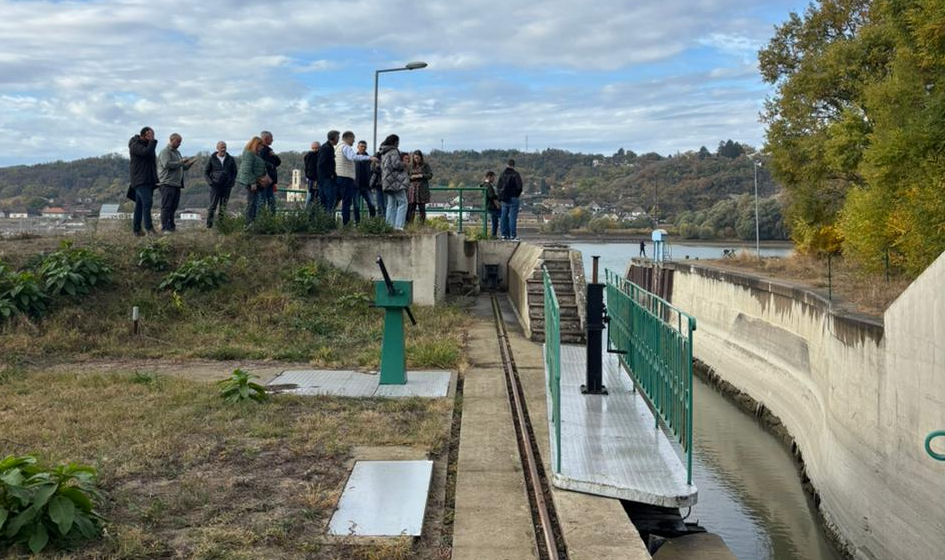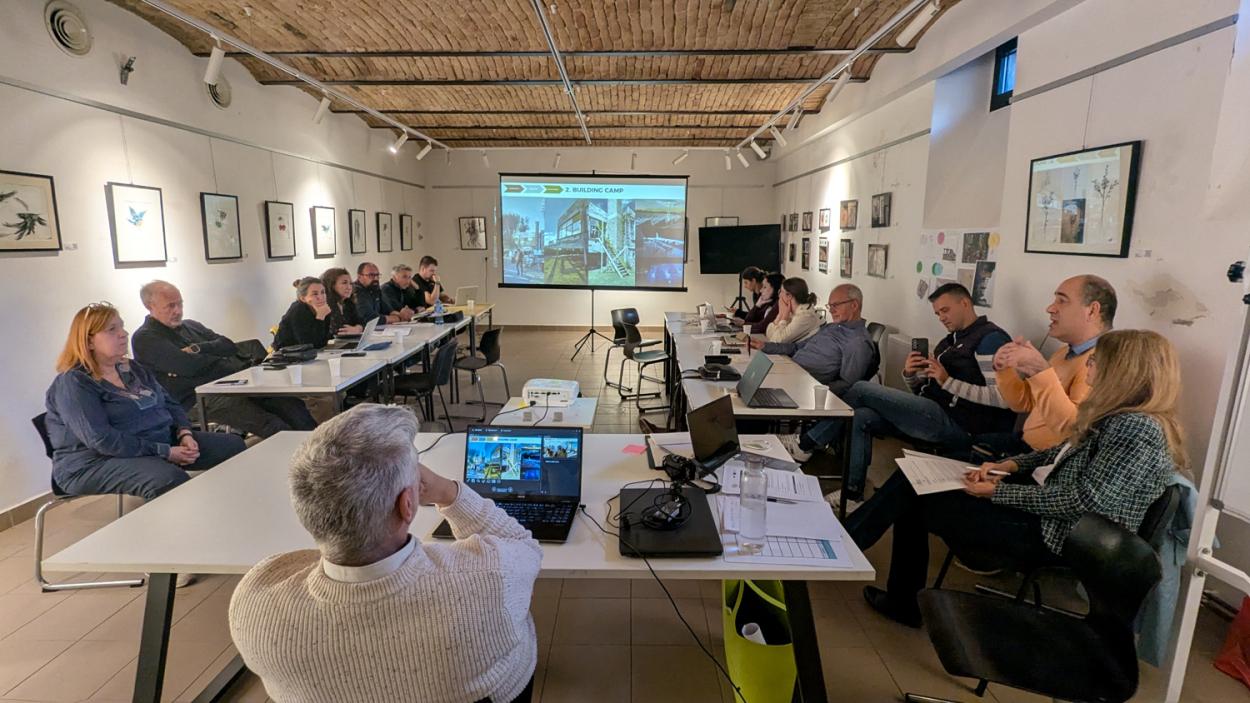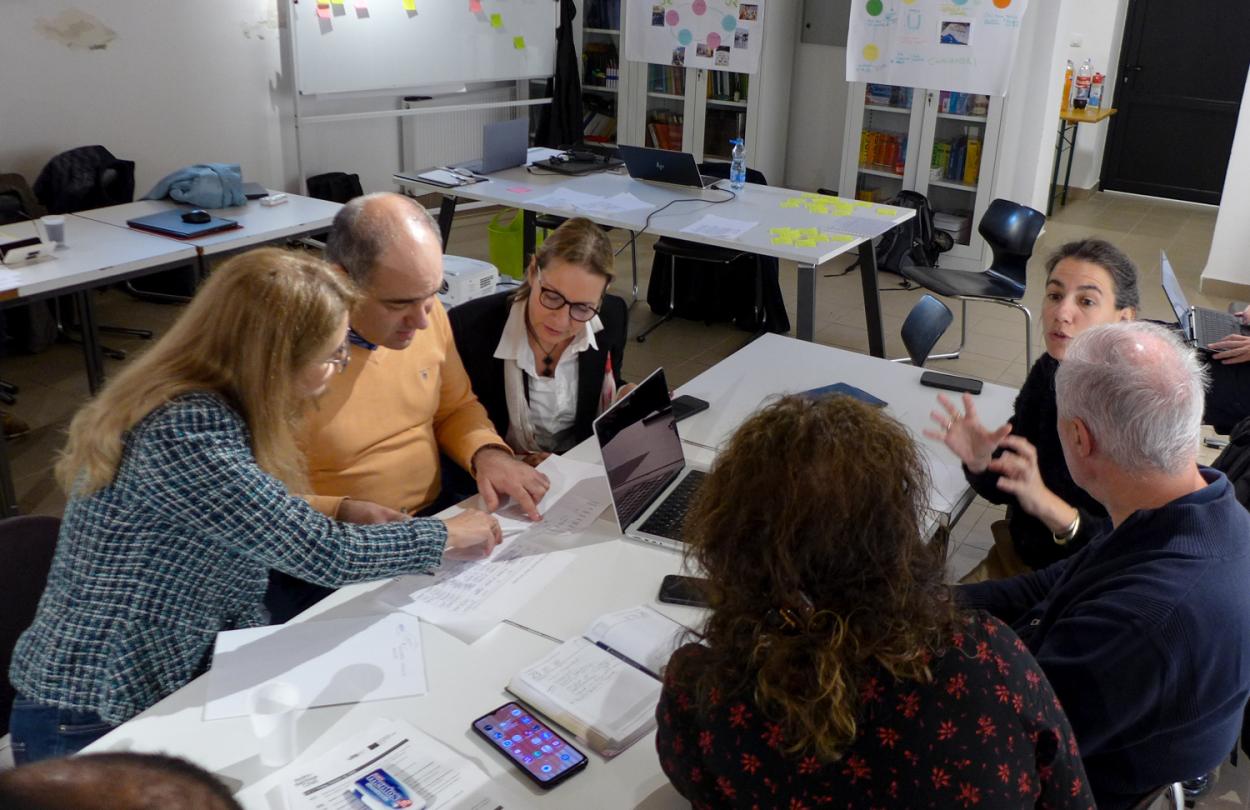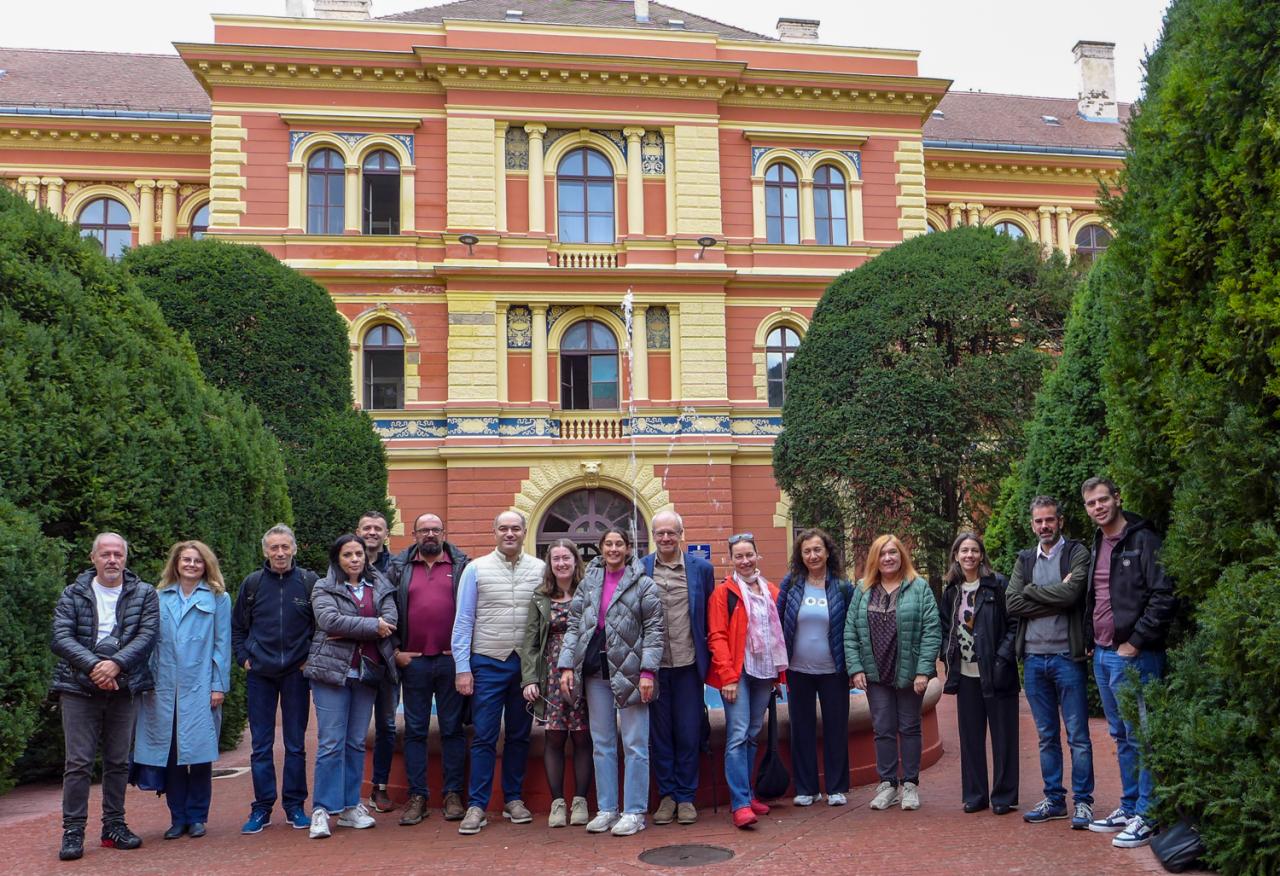The City of Sombor hosted the 4th meeting of the ‘Hydro-Heritage Cities URBACT Network between 23 – 25 October. The meeting was a chance to visit and experience first-hand the ‘hydro-heritage’ of Sombor city and its development potential, to see Sombor’s ULG work, and to get deeper into preparing the project partner’s Investment Plans with workshops focusing on monitoring and evaluation, diverse financing and sustainable projects development.

The representatives of the Hydro-Heritage Cities Network were welcomed in Sombor with the open-air photo-exhibition “Sombor Canals – Water that Inspires”, that was held in the city center during the meeting. The exhibition has been organised by Sombor’s URBACT Local Group aiming to brink the city's hydro-heritage, Great Bačka Canal that is, and its regeneration closer to its residents. The exhibition displayed the 13 awarded photographs and all the shortlisted ones, from over 350 photos that were submitted in a photo-competition for "the most beautiful postcard of the Great Bačka Canal".
In addition, the meeting’s participants form the Hydro-Heritage Cities had the chance to cruise part of the Great Bačka Canal, see and experience in person the main hydro-heritage site that Sombor strives to regenerate and highlight in a sustainable and participatory way.

As said earlier building capacity on monitoring and evaluation strategies was the primary focus of this meeting. Led by ad-hoc URBACT expert Ronald Lievens, in this workshop the Network’s partners got to learn and think more thoroughly on the diverse approaches, tools and practices available to them for monitoring, evaluating and readjusting the development of a project.
In addition, Bálint Kádár, Professor at the Budapest University of Technology and Economics, and Sanja Simeunčević Radulović, from the Provincial Secretariat for Urban Planning and Environmental Protection, presented and discussed the topic “Economic Sustainability – Hydro-Heritage as an Economic Driver”. One key takeaway from this session has been the need for a long-view strategic goal in developing a project. Instead of thinking it as a solid-one off enterprise, each project development might be thought as a synthesis of a smaller breakdown ones that fit with each other. This way might provide feasibility and the sustainability needed by larger urban development projects.

A second key take away, has been the role of smaller cultural, educational and other public events that function as bridges between gaps in the materialisation of a project, in order to maintain interest and continuity in its development. Chalandri’s setting of the Hadrian Community, a citizen collective as the steward of the regenerated Hadrian aqueduct and coordinator of its water distribution is one example of both utilising local resources and interest for the sustainability of a projects outcomes.
Planning a financing strategy, was the third focus of this Hydro-Heritage Cities meeting. The Network’s URBACT Lead Expert, Sandra Rainero, emphasised the need to explore available resources on European, national and regional or local levels by tipping on various kinds of resources -beyond funds- such as time, expertise, local know-how etc. that might contribute to a model of ‘blended financing” strategy.

During the meeting, as always, the Network partners exchanged their experiences of their URBACT project’s testing actions and research, receiving feedback and inspiring each other.
The Hydro-Heritage Cities left Sombor with a creative challenge: How to integrate and make the most of the meetings outtakes while drafting their Investment Plans, which will be the subject of our next meeting in the City of Elche in Spain next February.


